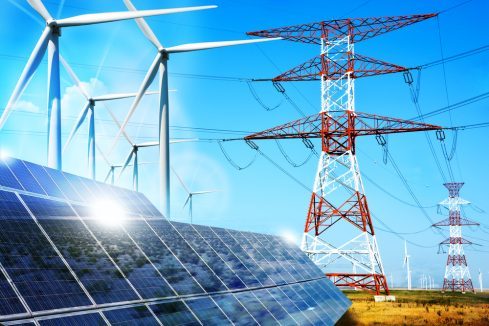Washington DC – According to a review by the SUN DAY Campaign of data just released by the Federal Energy Regulatory Commission (FERC), renewable energy sources (i.e., biomass, geothermal, hydropower, solar, wind) have dominated new U.S. electrical generating capacity additions in the first eleven months of 2020. Combined, they accounted for almost 71% (14,734 MW)...
Previous ArticleSEEIT makes further investment in US portfolio
WoREA
Welcome to WoREA! You are in the right place to learn about all things renewable energy. We would like to take this opportunity to firstly wish you well, congratulate you for being here, but above all else, thank you personally for your interest in renewable energy - we like you! Please feel free to submit your content and/or reach out directly. We are always interested in learning more about our members and the markets in which you work.






